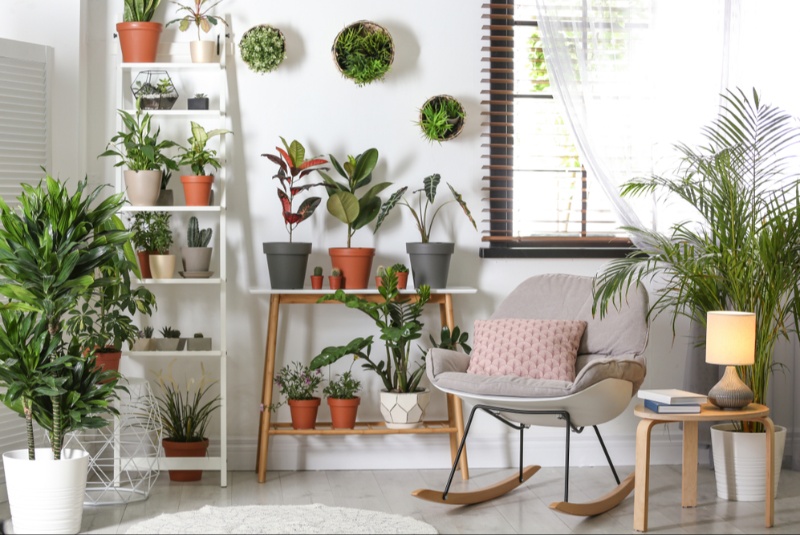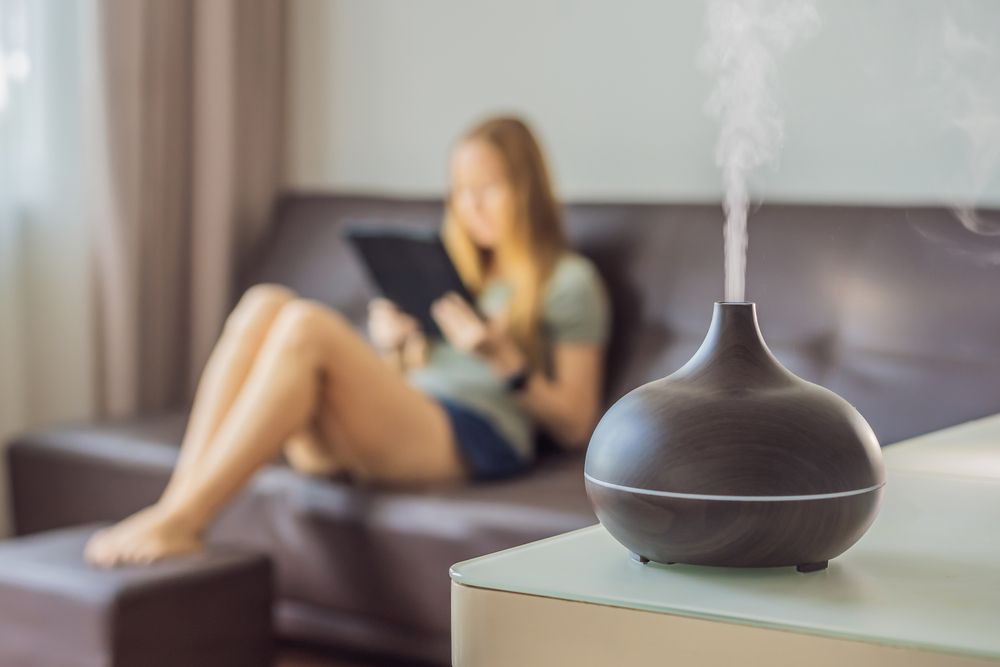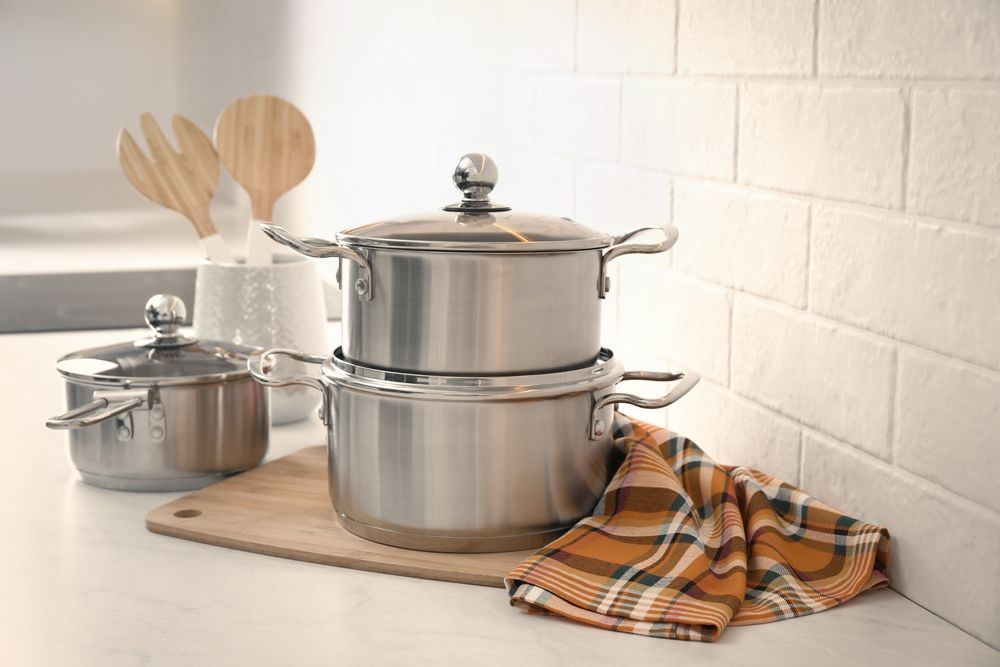Indoor plants have become more than just decorations; they’ve become a part of our lives. They not only bring a touch of nature into our homes but also offer numerous benefits for our well-being. However, choosing the right indoor plant can be a daunting task, especially if you’re new to the world of plant parenthood. In this comprehensive guide, we’ll explore everything you need to consider when buying an indoor plant, ensuring that you make a smart and informed choice.
Choosing the Perfect Indoor Plant: Where to Begin
Before you rush to your nearest nursery or start scrolling through online plant shops, take a moment to assess your needs and preferences. Consider the following factors:
1. Light Conditions
- Different indoor plants have varying light requirements. Assess the natural light available in your space and choose a plant that thrives in those conditions. Common categories include:
- Low light plants: Suitable for rooms with minimal sunlight.
- Medium light plants: Perfect for areas with indirect sunlight.
- High light plants: Ideal for spaces with plenty of direct sunlight.
2. Space Availability
- Measure the available space in your home. Some indoor plants grow tall and wide, while others are more compact. Make sure the plant you choose fits comfortably in your chosen spot.
3. Maintenance Level
- Consider your level of commitment and expertise in plant care. Some plants are low-maintenance and forgiving to beginners, while others require more attention and specific care routines.
4. Air-Purifying Properties
- Many indoor plants have air-purifying qualities. If improving indoor air quality is a priority, look for plants like snake plants, spider plants, or peace lilies.
5. Allergies and Pets
- Be aware of any allergies or pets in your household. Some plants can be toxic to pets if ingested, so choose pet-friendly varieties if needed.
Popular Indoor Plants and Their Characteristics
Now that you’ve considered your requirements, let’s explore some popular indoor plants and their unique characteristics:
1. Snake Plant (Sansevieria)
- Light: Low to medium light.
- Maintenance: Low.
- Benefits: Excellent air purifier, known for its resilience.
2. Peace Lily (Spathiphyllum)
- Light: Low to medium light.
- Maintenance: Low to moderate.
- Benefits: Effective at removing toxins from the air.
3. Pothos (Epipremnum aureum)
- Light: Low to medium light.
- Maintenance: Low.
- Benefits: Easy to care for and known for its trailing vines.
4. Fiddle Leaf Fig (Ficus lyrata)
- Light: Bright, indirect light.
- Maintenance: Moderate to high.
- Benefits: Adds a statement to your space with its large, lush leaves.
5. Spider Plant (Chlorophytum comosum)
- Light: Low to medium light.
- Maintenance: Low.
- Benefits: Efficient at removing pollutants from the air.
6. Rubber Plant (Ficus elastica)
- Light: Medium to bright, indirect light.
- Maintenance: Low to moderate.
- Benefits: Stylish and effective at purifying the air.
7. ZZ Plant (Zamioculcas zamiifolia)
- Light: Low to medium light.
- Maintenance: Low.
- Benefits: Requires minimal care and is highly adaptable.
8. Monstera Deliciosa
- Light: Bright, indirect light.
- Maintenance: Moderate.
- Benefits: Trendy and known for its unique split leaves.
9. Aloe Vera
- Light: Bright, indirect light.
- Maintenance: Low.
- Benefits: Soothing gel inside leaves for minor burns and skin irritations.
10. Boston Fern (Nephrolepis exaltata) – Light: Bright, indirect light. – Maintenance: Moderate. – Benefits: Adds a lush, feathery look to your space.

Buying Your Indoor Plant: Tips and Considerations
Now that you have a better understanding of the types of indoor plants available, it’s time to make your purchase. Here are some essential tips and considerations:
1. Buy from Reputable Sources
- Choose nurseries or online shops with a good reputation for quality plants. Read reviews and ask for recommendations from fellow plant enthusiasts.
2. Inspect the Plant
- Before buying, thoroughly inspect the plant for any signs of pests or disease. Check the leaves, stems, and soil for any issues.
3. Consider Container and Potting Mix
- Think about the type of container or pot your plant will need. Ensure it has proper drainage, and use a suitable potting mix for your specific plant type.
4. Ask for Care Instructions
- Don’t hesitate to ask the seller for care instructions specific to your chosen plant. They can provide valuable insights on watering, fertilizing, and pruning.
5. Plan for Transportation
- If you’re buying from a physical store, make sure you have a safe way to transport your new plant home. Protect it from extreme temperatures and wind during transit.
6. Budget Wisely
- Set a budget for your indoor plant purchase, including any necessary accessories like pots and potting mix. Remember that some rarer or larger plants may be more expensive.
Caring for Your Indoor Plant
Congratulations on your new indoor plant! Now, let’s discuss some general care tips to ensure your plant thrives:
1. Watering
- Different plants have different water requirements. Be mindful not to overwater, as this can lead to root rot. Water when the top inch of soil is dry for most plants.
2. Light
- Place your plant in the appropriate lighting conditions based on its needs. Rotate it periodically to ensure even growth.
3. Pruning
- Trim dead or yellowing leaves to encourage new growth. Pruning also helps maintain the plant’s shape.
4. Fertilizing
- Use a balanced, water-soluble fertilizer during the growing season. Follow the recommended dosage on the packaging.
5. Repotting
- As your plant grows, it may outgrow its container. Repot it into a slightly larger pot when necessary, typically every 2-3 years.
6. Pest Control
- Keep an eye out for common indoor plant pests like aphids and spider mites. Treat infestations promptly with appropriate remedies.
Bringing an indoor plant into your home can be a rewarding experience. Not only do they add beauty and life to your living space, but they also offer a range of benefits for your health and well-being. By considering factors like light conditions, space availability, maintenance level, air-purifying properties, allergies, and pets, you can make a smart choice when buying an indoor plant.
Remember to research your chosen plant’s specific care requirements, inspect it carefully before purchase, and provide it with the right conditions to thrive. With proper care and attention, your indoor plant will flourish, creating a greener, healthier, and more vibrant environment in your home.




